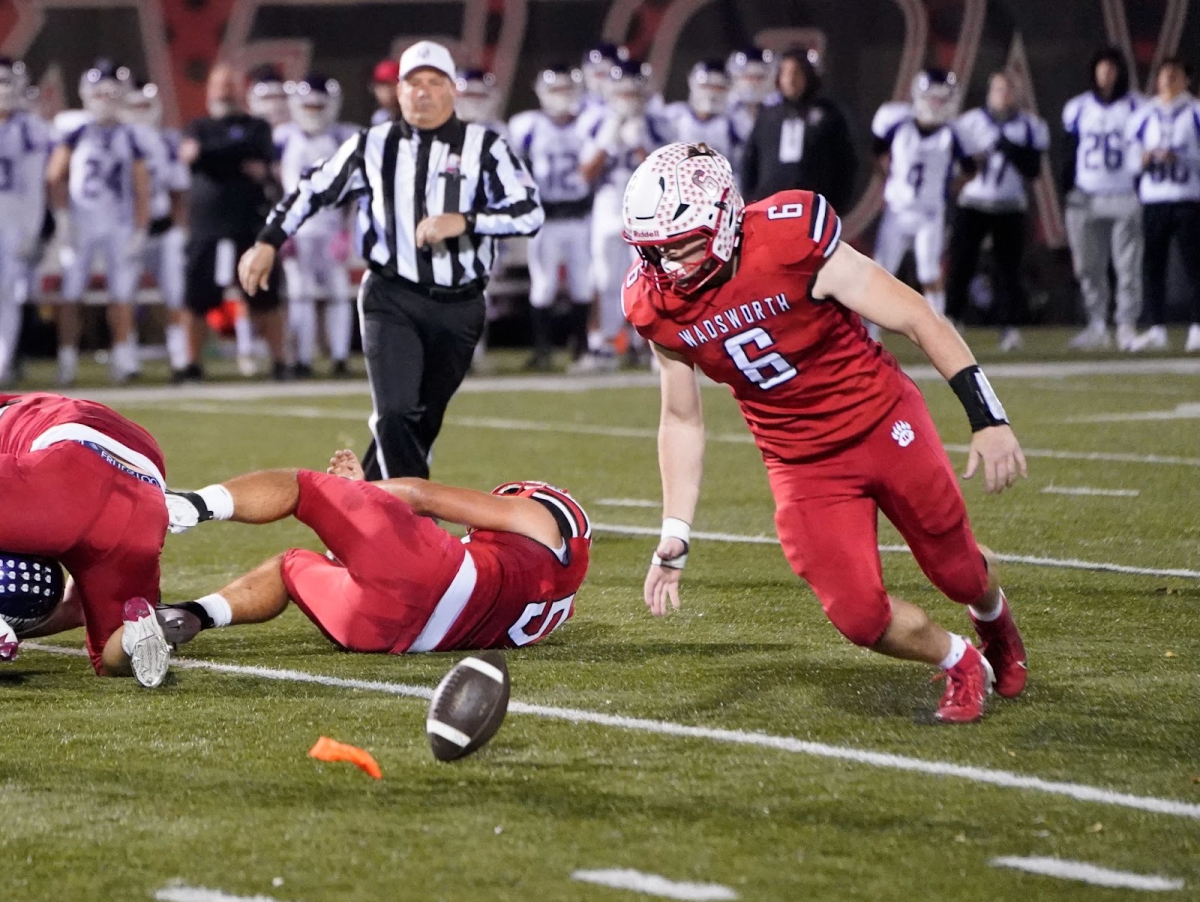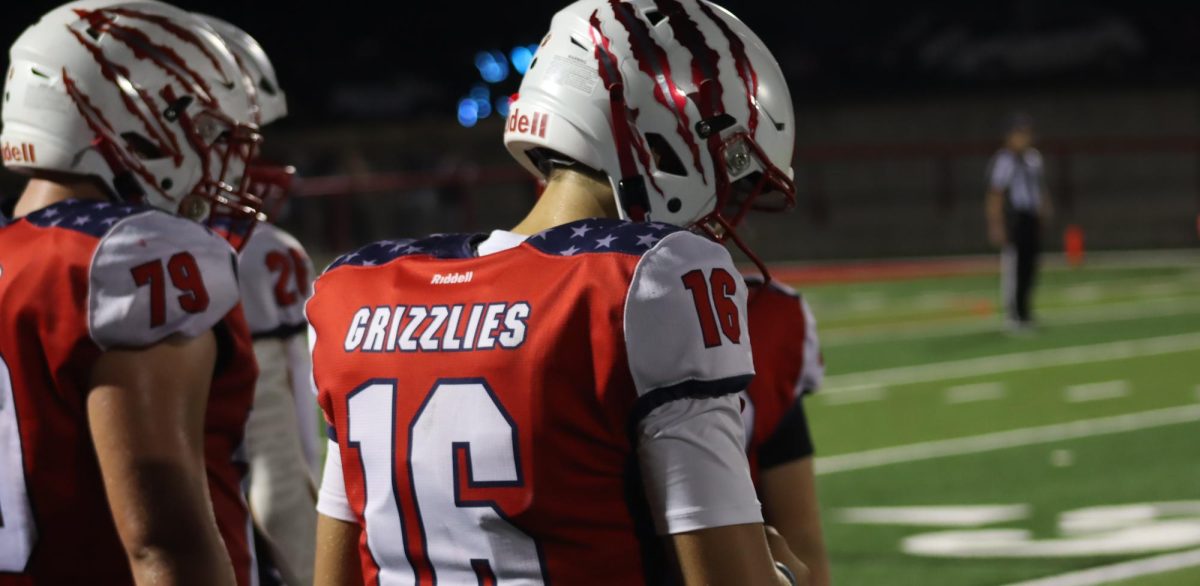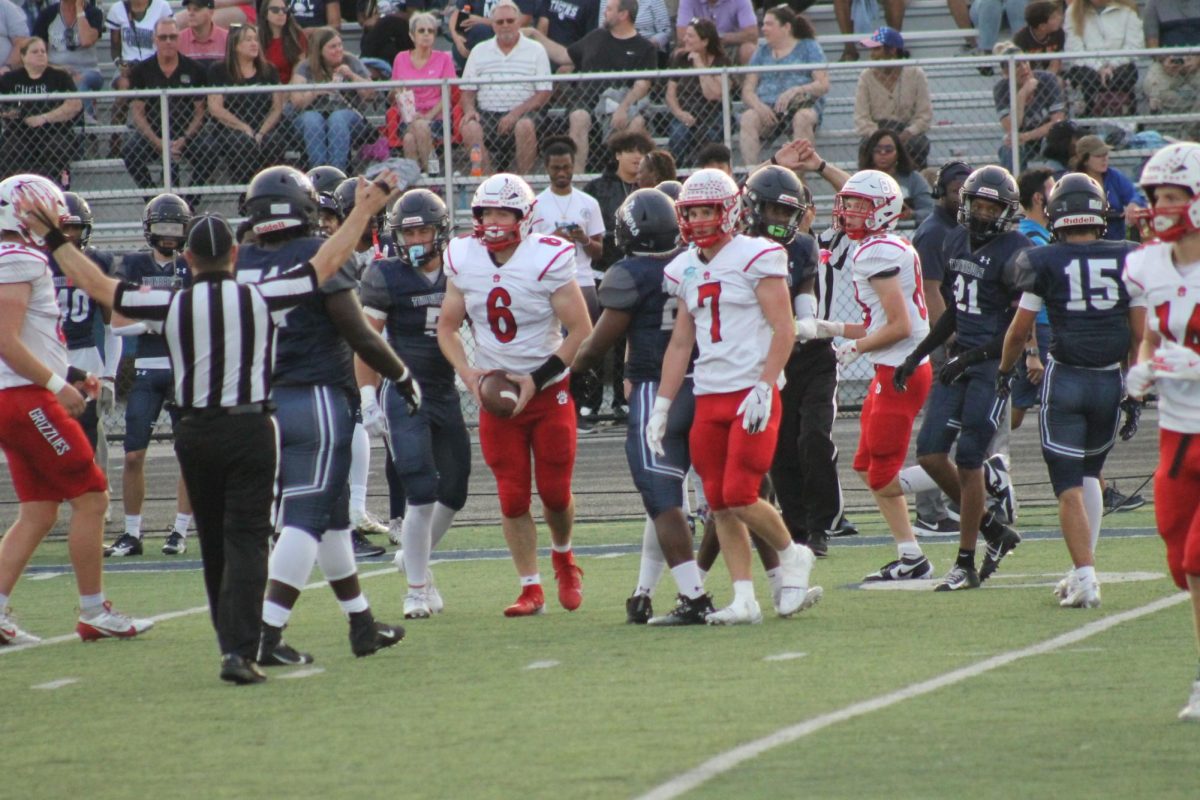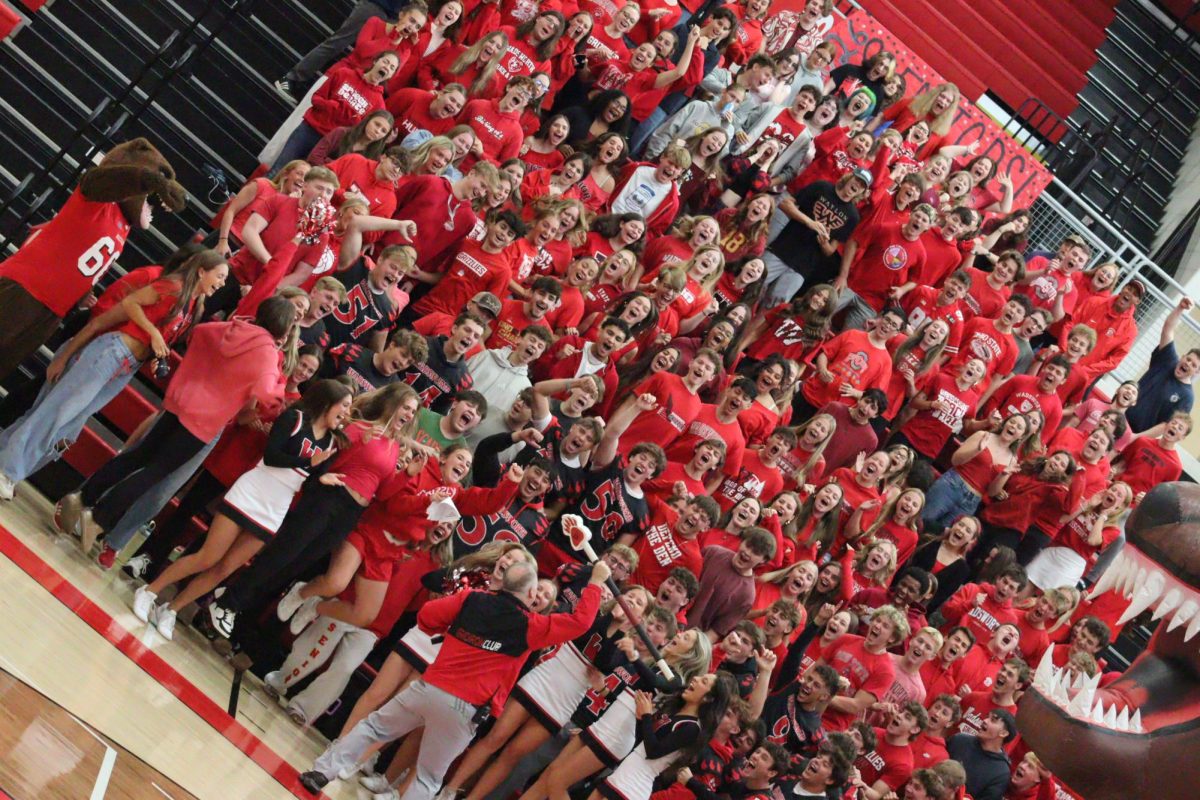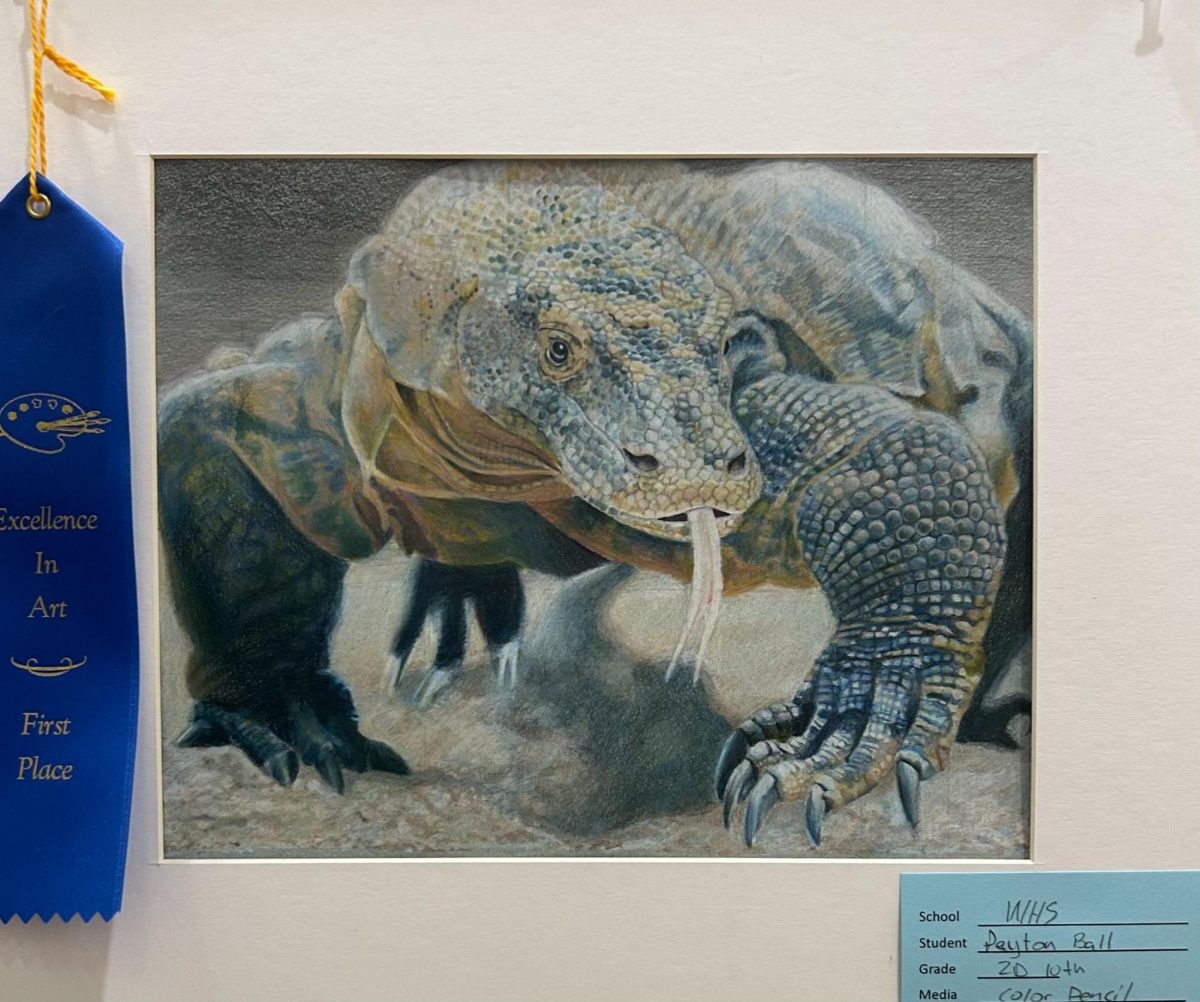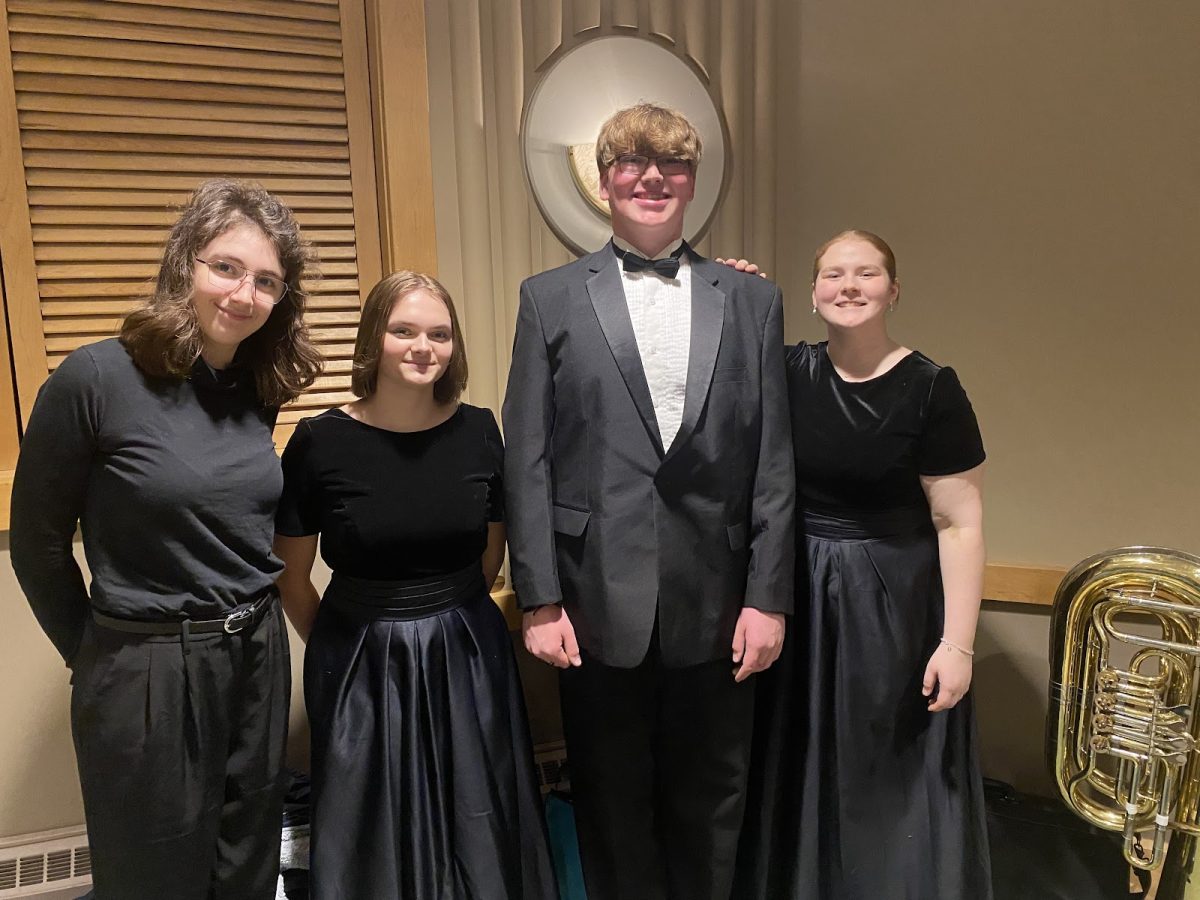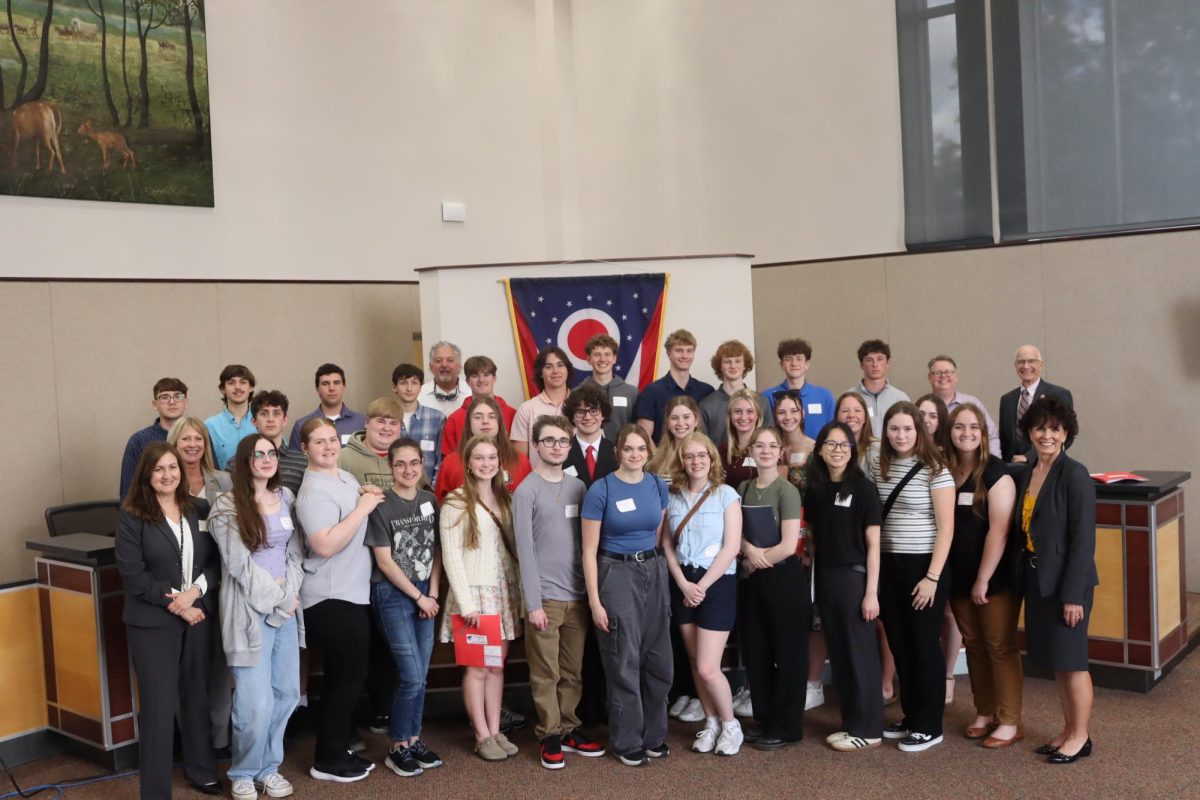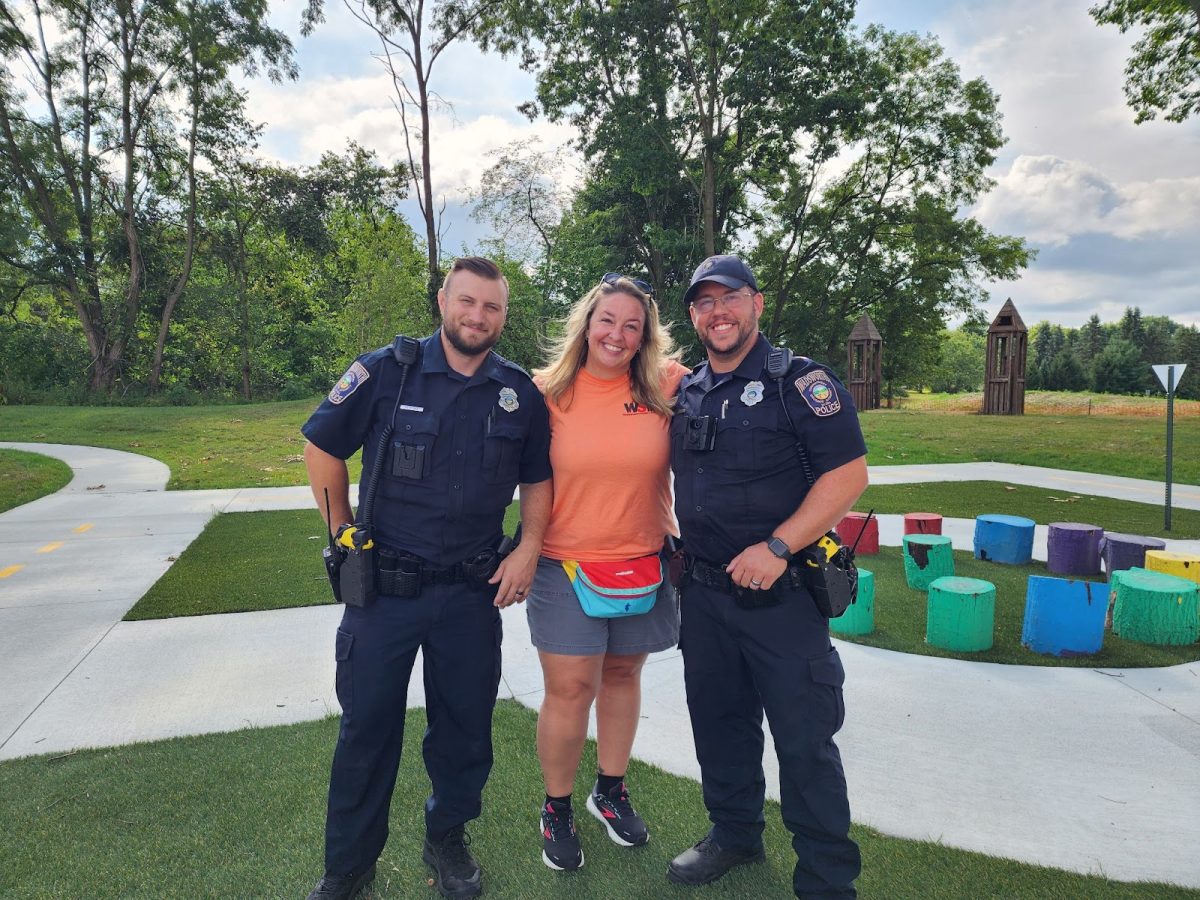BY KYLEE BARANEK
Cats, pigs, organs, and students with scalpels. The end of the year science courses at Wadsworth High are busy with dissection for many students.
All A.P. , Honors, and academic classes have to participate in dissection. Many students often wonder why dissection is a necessary part of their biology courses and many more question where these animals come from.
The reason it is deemed mandatory is because the specimens are mammal and are descended from common ancestors as humans are. The dissections give students a first hand experience to help them easily connect the bones, organs, and muscles found in pigs to those found in their own bodies.
“The anatomy of a pig is very similar to that of a human,” said Mr. Jurey, a biology teacher.
In fact, they are so closely related that a pig’s muscles and heart valves can be used as replacements in humans when it is absolutely necessary to do so.
“I don’t think it is necessary [to dissect animals], but I see why we do it,” said A.P. student Jordan Barnhart.

What may bother some students is the question of how the school acquires the cats and the fetal pigs. The school obtains these specimen through a company called Carolina Biological. This ninety year old company supplies Wadsworth High School and many other educational locations with these specimen. The company also receives the specimen in humane, practical ways.
Carolina Biological receives almost all of their agricultural inventory from the meat packaging industry. For example, the fetal pigs are either still born, or a unaware farmer will send the pregnant sow to the meat packaging company, and they will send the fetal pig to Carolina Biological.
How the company obtains the cats is slightly different. The cats come from shelters where they have been humanely euthanized.
Though some students do not see the necessity, they do understand why it is apart of the course they take, and knowing where the specimens come from may help ease their uncertainty.





![Wadsworth's Class Of 2025 Walks At Graduation Ceremony [Photo Gallery]](https://wadsworthbruin.com/wp-content/uploads/2025/05/IMG_9018-1-1200x800.jpg)
